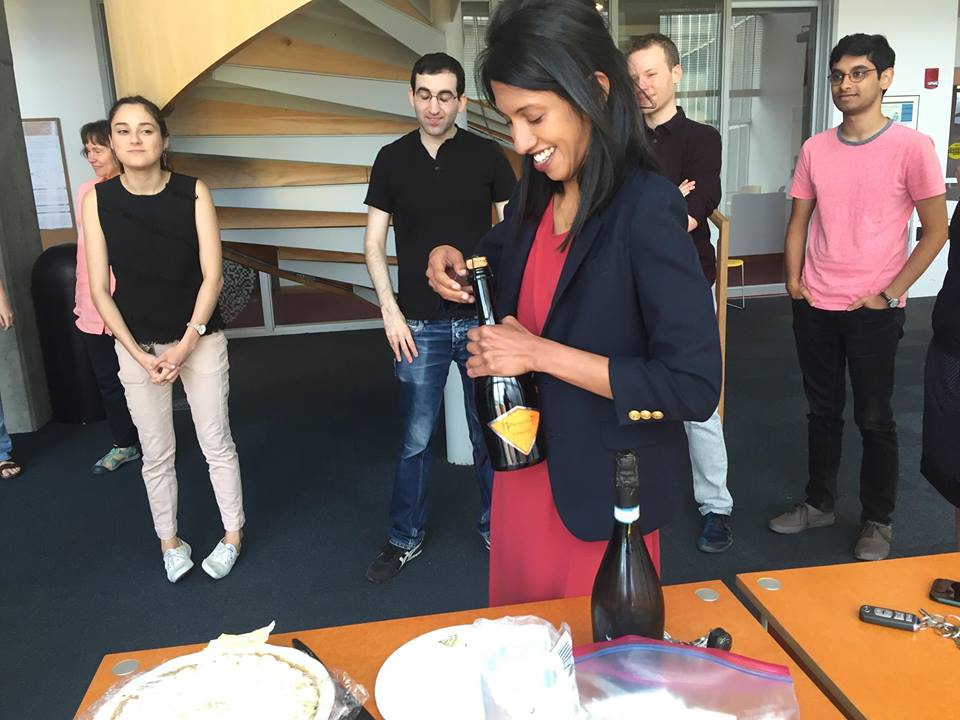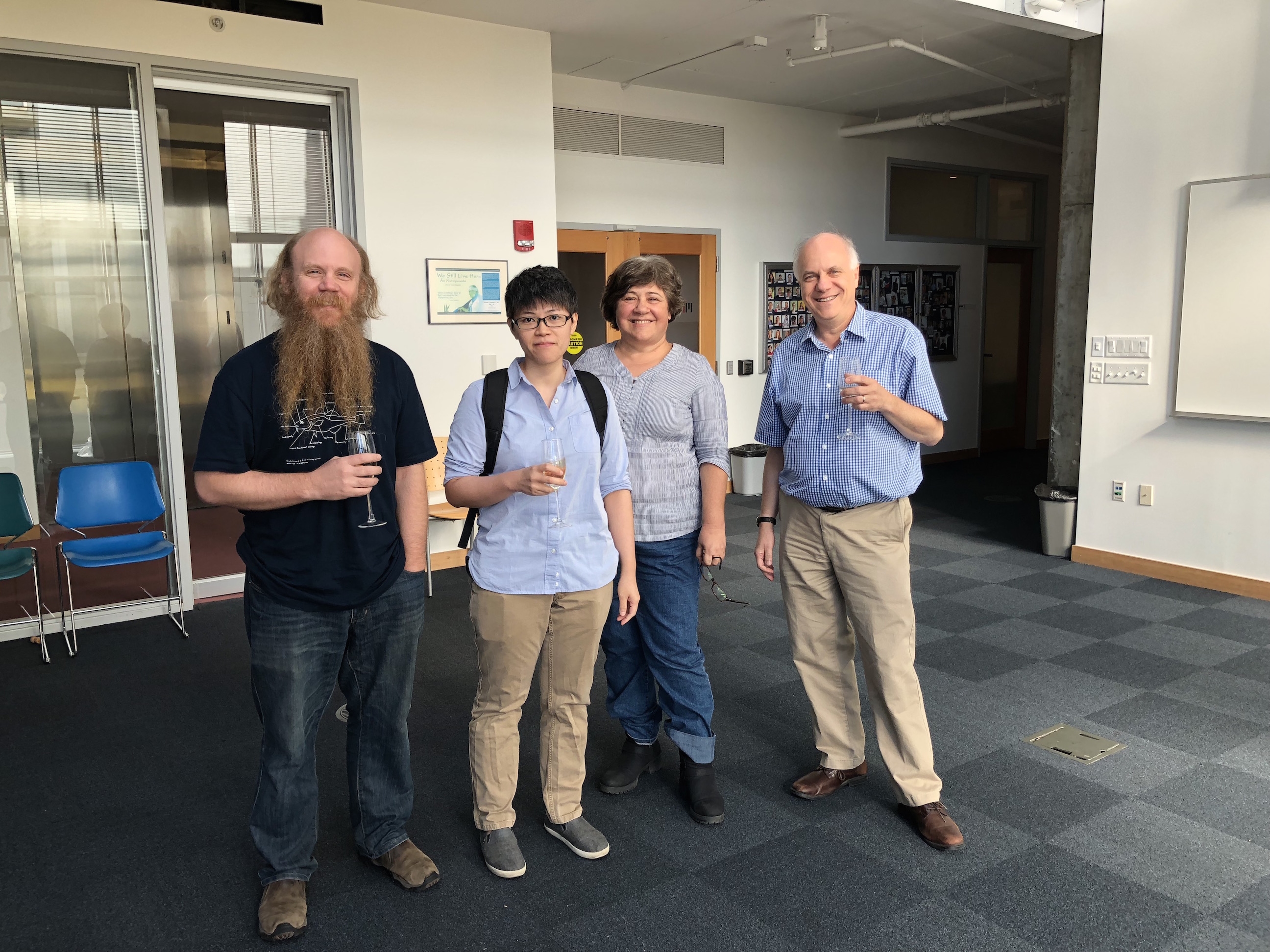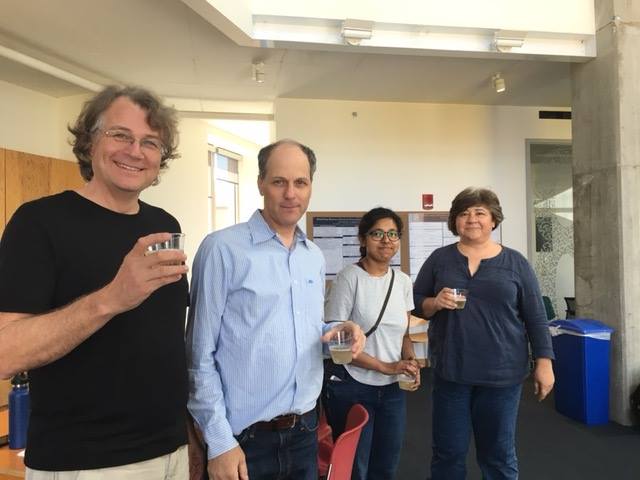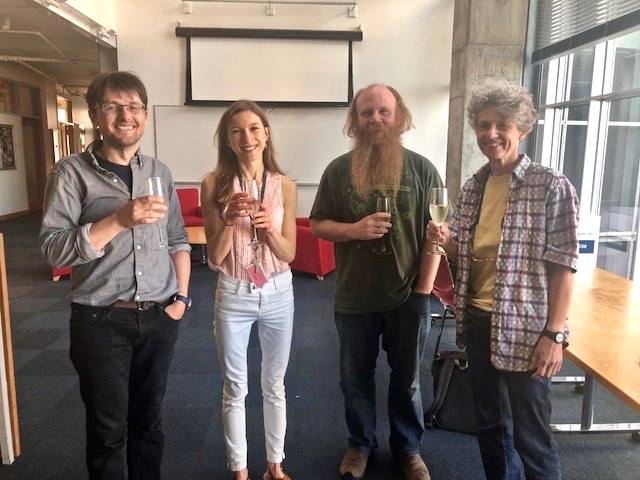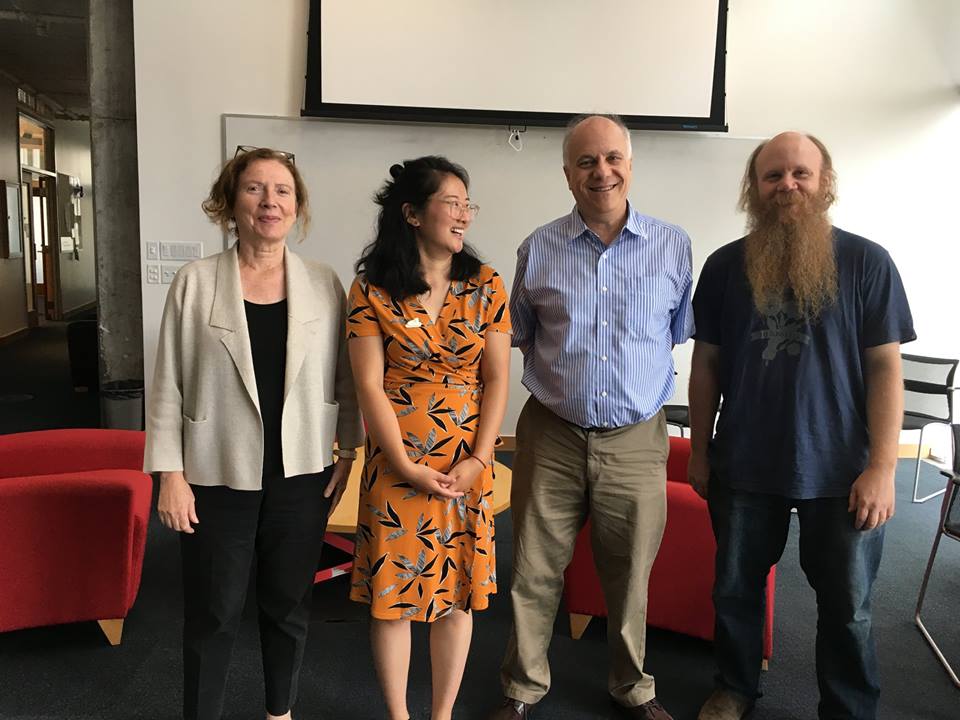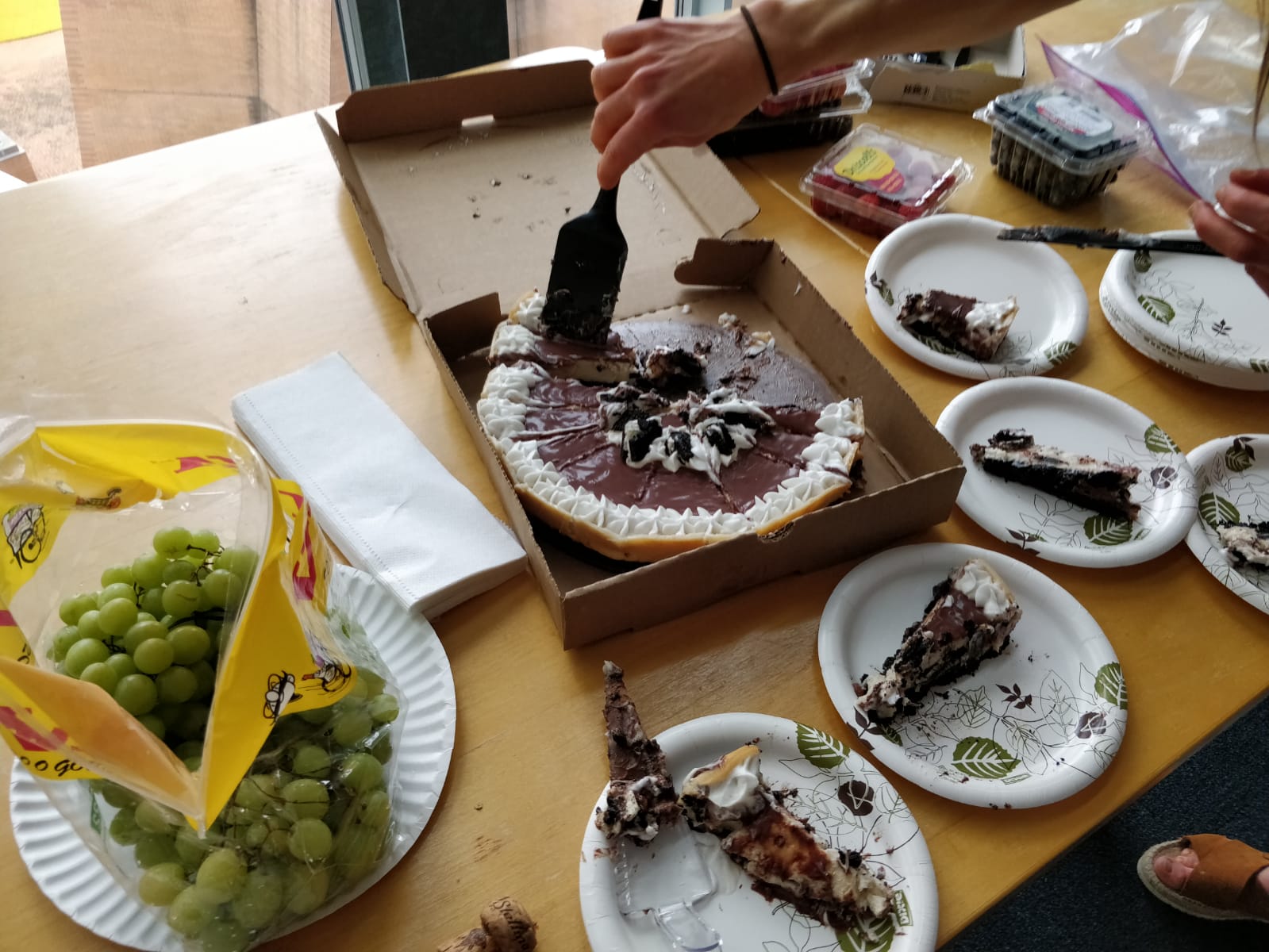Title: Channel bias in artificial language learning of word-final obstruent voicing
Date and time: Thursday, 9/13, 12:30-1:50pm
Location: 32-D461
Abstract:
This talk outlines an ALL experiment designed to test for learning and production biases in word-final voicing. Previous studies (see summary in Moreton & Pater, 2011) have not shown learning effects of such biases in forced-choice tasks. In my experiment, no bias against word-final voiced obstruents was found. However, a channel bias against intervocalic voiceless obstruents was found in the production task for plurals, which is able to account for the markedness of a synchronic process of final voicing.
Two groups of Norwegian native participants (n = 36) were exposed to one of two artificial languages. Either: final obstruent devoicing (FOD) or final obstruent voicing (FOV). Norwegian has both voiceless and voiced final obstruents, but no FOV or FOD rules. There is no structural difference between these two rules, so there should be no complexity effects. FOV, however, is both typologically nonexistent (Kiparsky, 2006) and harder to produce (Yu, 2013). Participants were exposed to auditory/visual stimuli of singular and plural forms. Plural forms were constructed on the form /C1VC1VC2-u/ and singulars: /C1VC1VC3/. C3 was always voiced in FOV language, and voiceless in FOD. C2 could be either voiced or voiceless in both languages.
The results show no significant difference between accuracy for singulars in the two languages, consistent with a lack of substantive effects as in previous studies. However, the figures show that in production of plurals, participants in the FOV language produced voiced obstruents when the target was voiceless to a larger degree than FOD participants produced voiceless segments when the target was voiced. The consequence of this is that participants in FOD produce the alternating form rusubu ↔ rusup, a typical devoicing process, as expected. However FOV participants produce rusubu ↔ rusub, rather than the alternating rusupu ↔ rusub. Importantly, in the forced-choice task the same participants chose alternating and non-alternating forms equally frequently. I argue that a production channel bias against intervocalic voiceless obstruents can account for this.
